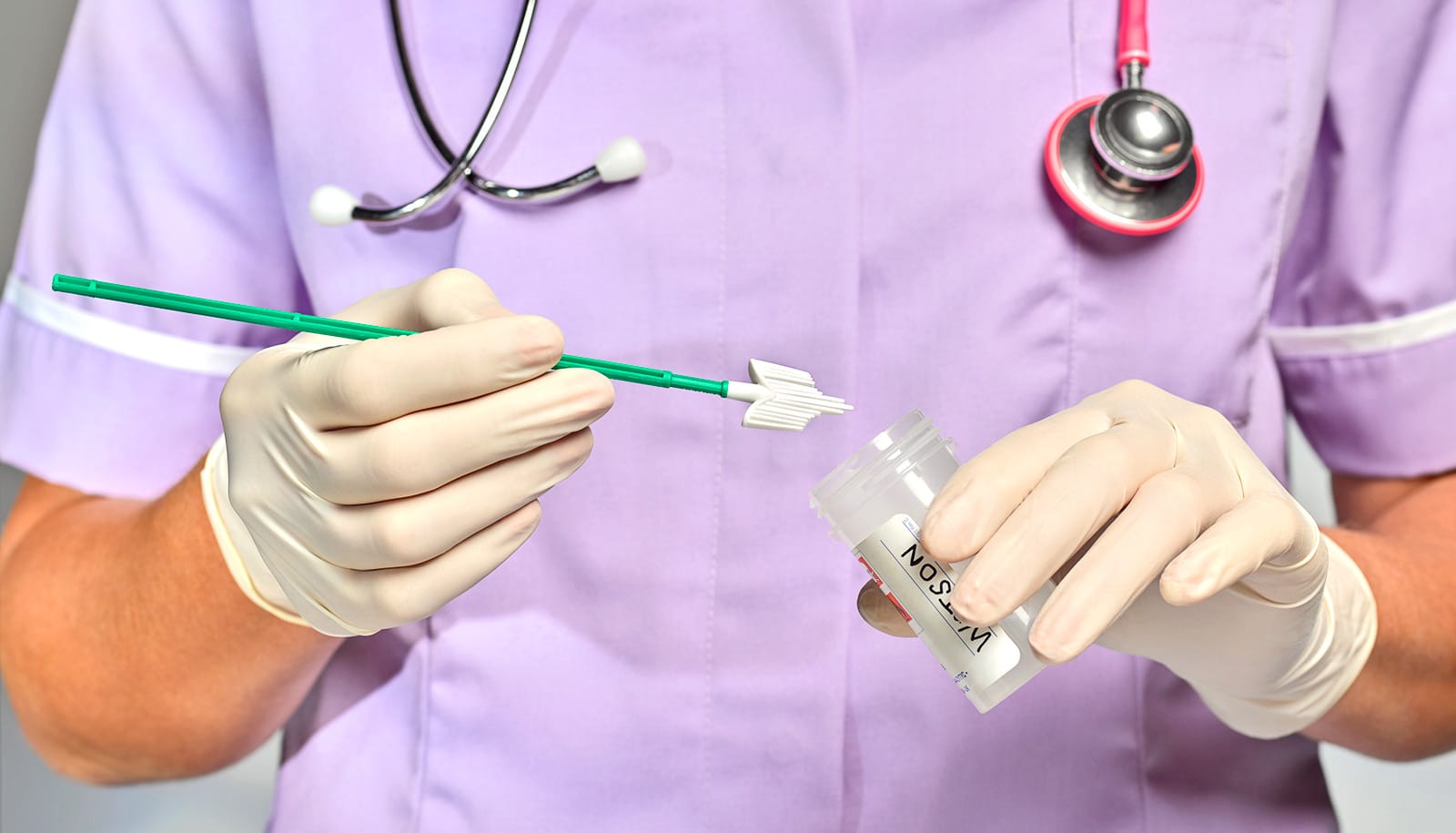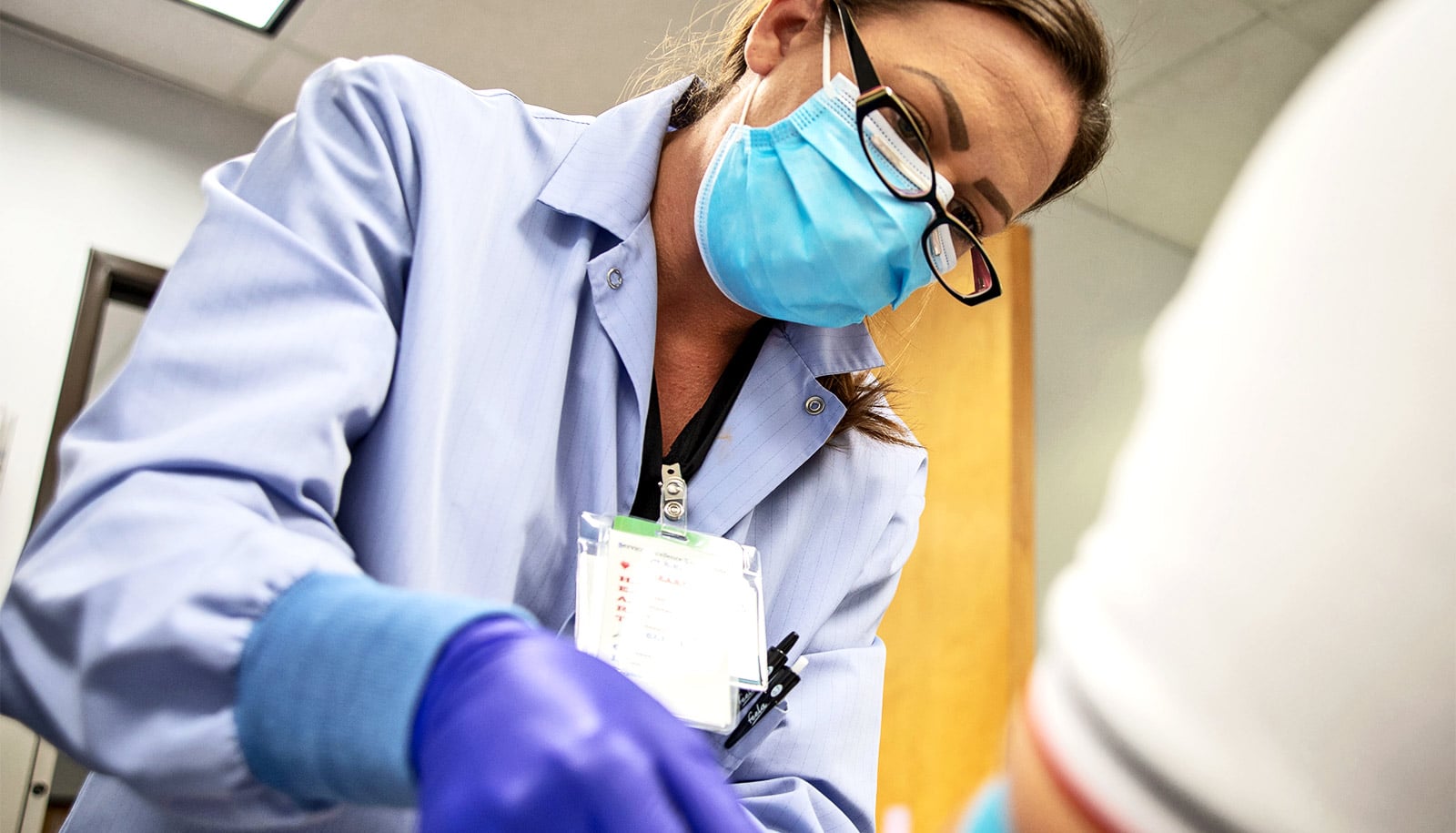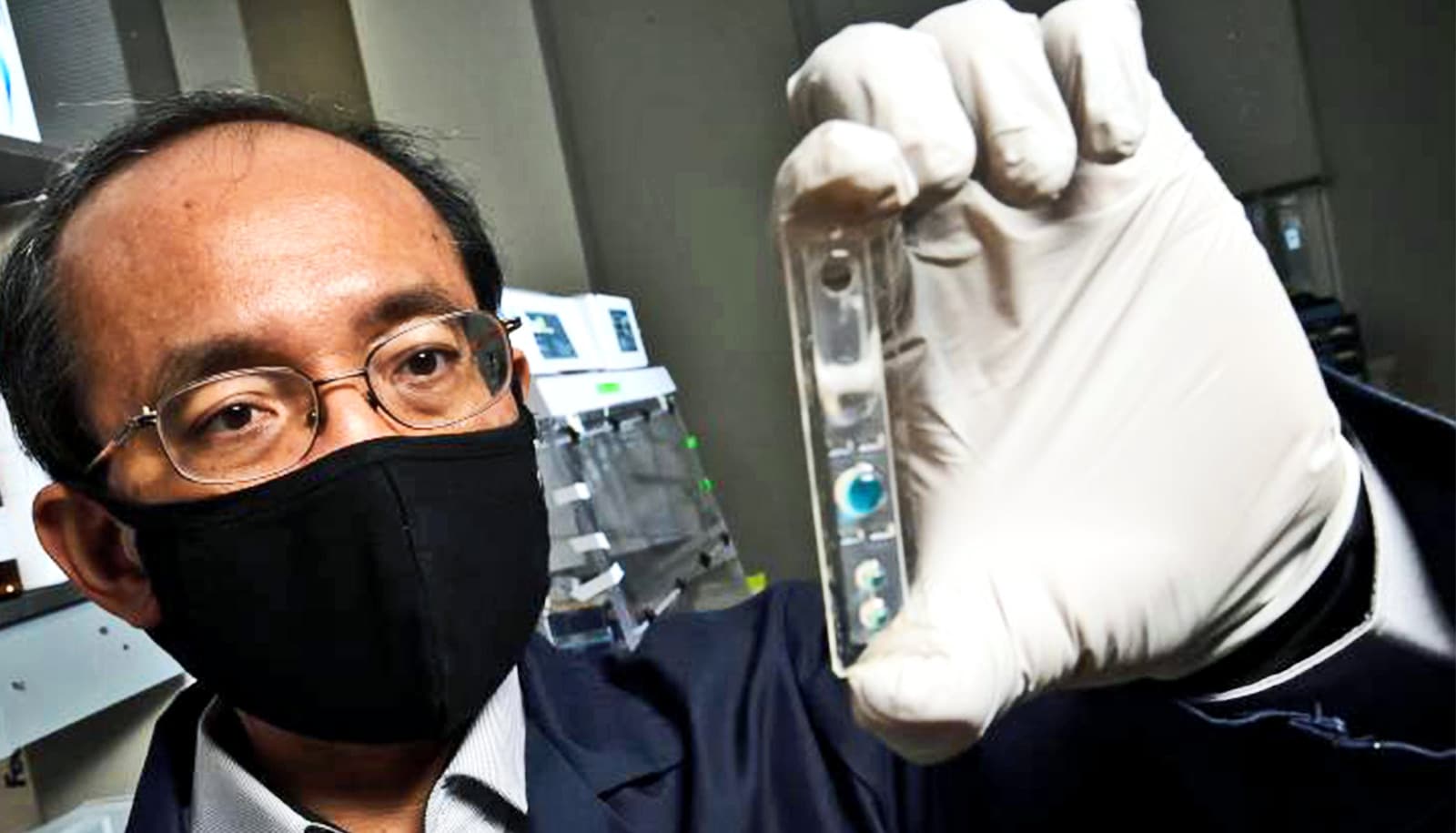A new study identifies steps health care teams can take to identify and treat more sexually transmitted infections.
The study included nearly 1,350 patients receiving care for HIV at nine different US clinics. The steps include:
- Audio computer-assisted self-interview (ACASI) sexual histories at every routine clinic visit.
- Patient self-collection of genital, throat, and rectal specimens for gonorrhea and chlamydia.
- Clinical staff training (four virtual sessions for all team members).
- A dozen sexual and gender minority (LGBTQ+) welcoming signage to the clinic environment.
The 1,348 participants in the study, published in AIDS Patient Care and STDs, completed 2,203 tablet-based ACASI sexual history surveys leading to 531 participants receiving more sexually transmitted infections (STI) testing related to reported risk behaviors.
Those tests identified 255 cases of gonorrhea, chlamydia, or syphilis, most of which (86%) would have otherwise gone undetected for lack of symptoms since most clinics test only after annual screenings or when patients are symptomatic.
“It’s important to identify and treat these infections because they can have severe long-term consequences such as infertility, blindness, and chronic pain, but we’ve struggled to routinely screen and test at-risk persons nationally,” says lead author John A. Nelson, the director of national training at the Rutgers University School of Nursing François-Xavier Bagnoud Center in Newark. “Few people realize how common STIs have become. Plus, providers and patients alike commonly feel uncomfortable discussing sexual behavior, even in HIV clinics.”
The incidence of bacterial STIs (chlamydia, gonorrhea, and syphilis) has risen sharply since 2014. With more people with HIV being in treatment, virally suppressed, and thus unable to spread HIV, and more people using HIV prevention medication (PrEP), there has been an increase in condomless sex.
Using federal recommendations of asking about sexual behaviors and testing at-risk or symptomatic patients during routine doctor visits and repeating every 3-6 months if risk persists, this evaluative study used the four evidence-based interventions at nine HIV clinics in areas with above-average HIV and STI incidences.
According to surveys completed by patients after each clinic visit, more than 93% of participants reported using the ACASI sexual history as “easy” or “very easy.” The LGBTQ+ welcoming measures were significantly more likely to be noticed and liked by those under 50 years old and by those who identified as LGBTQ+.
“Overall, we were very happy with the results,” Nelson says. “The interventions detected a significant number of infections, and patients indicated widespread satisfaction. The next step will likely be making these interventions cheaper and easier for providers.
“The existing costs, mostly from additional clinical team member time in addressing the STIs, and the ACASI and tablet purchases, were reasonable given the number of STIs detected, but we see opportunities to make them both cheaper and easier, which will increase provider buy-in going forward.”
Health care providers can order a free “starter kit” of the interventions for their clinics here.
Source: Rutgers University


